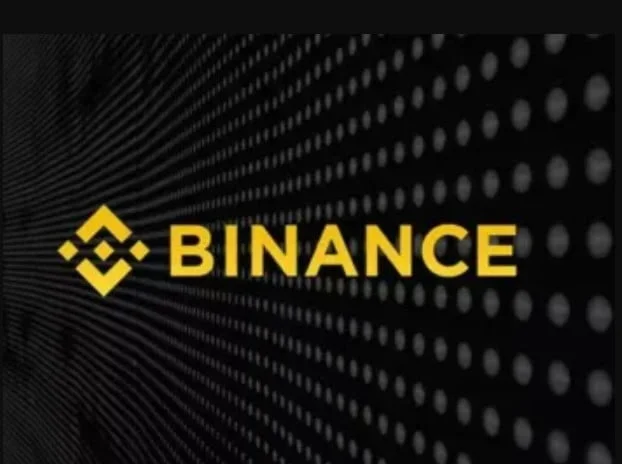After its successful airdrop last week, Binance, the largest crypto exchange, announced that it will list the newly released LUNA token.

However, Binance’s “innovation zone,” a trading platform for new, high-risk tokens, will list the token. The tokens will be available for trading on May 31.
LUNA 2.0 had a relatively volatile launch, plummeting by as much as 80% in the first few hours of trading on Saturday. For the time being, the token appears to have stabilized and is currently selling at about $5.
The old Terra blockchain airdropped about 1 billion new LUNA tokens to holders. The old blockchain is now known as Terra Classic. The Binance and the majority of other exchanges backed the airdrop.
Binance plans to list high-risk assets
Binance emphasized in its announcement of the listing that the Innovation Zone contains assets that are significantly riskier than other cryptos. The platform offers Elron Network (ERD), KAVA, and Sandbox (SAND) among other tokens.
Terra 2.0 (LUNA) is a new token that may pose a higher-than-normal risk, and as such may be subject to price volatility.
Binance requires traders to complete a questionnaire as part of the initial disclaimer for trading in the Innovation Zone.
Other exchanges didn’t seem to be taking the same precautions as Binance. Major exchanges including OKX, Huobi, Kucoin, and Bybit have all stated that they have authorized regular spot trading for the token after raising sufficient liquidity.
CEO Changpeng Zhao who harshly criticized the Terra crash and founder Do Kwon influenced the Binance’s stance.
The launch of the new LUNA comes less than a month after Terra Classic suffered a near-total loss of value during a historic crash in May. The stablecoin depegging largely triggered this.
Terra 2.0 does not include stablecoin. It also excludes Do Kwon’s private wallets, Terraform Labs, and the Luna Foundation Guard. All widely held responsible for the crash.
LUNA Classic (LUNC) and UST prices, however, increased following the airdrop.
